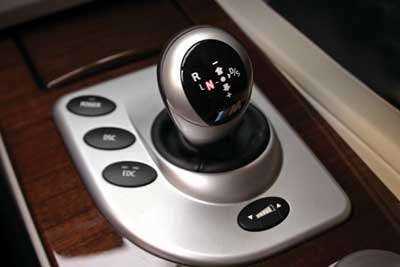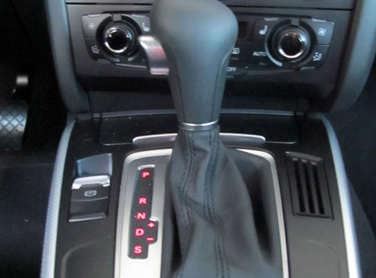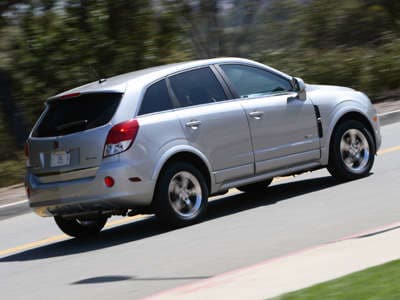Recent Articles
Popular Makes
Body Types
What Is A Continuously Variable Transmission (CVT)?

The recorded idea of a continuously variable transmission goes all the way back to Leonardo da Vinci, who is credited with developing the concept in 1490. The inventors of the automobile, Gottlieb Daimler and Karl Benz, first patented the technology for automotive use in 1886. The first U.S. patent was issued for a CVT in 1935. The first production car marketed in the U.S. to offer a continuously variable transmission was the 1989 Subaru Justy.
To understand a continuously variable transmission (CVT), it is helpful to be somewhat familiar with the functioning of automotive transmissions in general. Reduced to the simplest explanation possible, an automotive transmission conducts the output of the engine to the drive wheels of an automobile in a controlled fashion to optimize the application of both torque and power.
To do their job, engines need to spin considerably faster than drive wheels. The transmission reduces the speed of the engine’s rotation to ensure it reaches the drive wheels manageably. Further, the transmission serves to vary the power output of an engine to the drive wheels. This enables the powerplant to be used to produce maximum torque at low speeds to set the vehicle into motion, as well as maximum power at high speeds to keep the vehicle in motion.
What Is A CVT? Transmission Types
Transmissions are generally divided into two types, automatic and manual. (Yes, we know there are a number of variations in between, but for the sake of simplicity we’ll limit this discussion to automatic and manual transmissions only.)
The transmission is typically attached to the engine’s crankshaft. As the crankshaft rotates, it turns the gears in the transmission. The transmission contains a set of different sized gears to proportionally vary the rotational output of the engine.
A manual transmission requires the driver to select the most appropriately sized gear for the speed at which the automobile is traveling, taking into consideration the vehicle’s need for torque or power. An automatic transmission makes those choices for the driver, based primarily on the speed the vehicle is traveling.
For all intents and purposes, a continuously variable transmission is a variation of the automatic transmission.

What Is A CVT? How It Works
However, rather than using a set of different-sized gears as found in a conventional transmission, the continuously variable transmission uses a pair of variable diameter pulleys capable of adjusting their size in direct proportion to one another. One pulley is mounted on the input shaft (fed by the engine’s crankshaft) and the other pulley is mounted on the output shaft (to feed the drive wheels). A steel belt usually connects the two pulleys to one another. As the diameter of one pulley expands, the diameter of the other one contracts. This essentially changes the “gears” in the way a conventional transmission would shift from first to second to third to fourth gear and etc.
Because of this, rather than “stepping up” abruptly through the gear ratios with a pause between each gear change, a CVT gradually adjusts ratios with no pause in between changes. This permits smoother operation of the automobile in which it is installed, as well as increases the potential for better fuel economy. With a continuously variable transmission, an engine can run steadily at the most efficient rpm setting to achieve its best fuel economy, or it can run steadily at the most efficient rpm setting to achieve maximum power.

What Is A CVT? Driving Experience
To date, a CVT has yet to be designed that is capable of handling extremely high torque loads, so very high performance cars still use conventionally geared transmissions. Still, drivers who like to be more involved with the operation of their vehicles are being taken into consideration more and more as CVTs continue to be developed.
There are some situations in which a driver needs to get directly to a specific gearing ratio. Taking this into consideration, many manufacturers are programming CVTs to permit the direct selection of a given set of ratios. Further, to accommodate more sporting-oriented drivers, CVTs are being programmed to offer drivers the option of “shifting” transmission ratios themselves. In other words, many CVTs are being designed with six pre-selected ratios to permit the driver “manual” control, enabling upshifitng and downshifting at their will.
Drivers used to the rising and falling of engine revolutions as a result of the operation of a conventional transmission may find the steady-state operation of the engine with a CVT a bit disconcerting at first. However, the simplicity (many fewer moving parts than a conventional transmission), reliability, flexibility, and efficiency of a CVT make it a sound choice for most mainstream vehicle applications.
